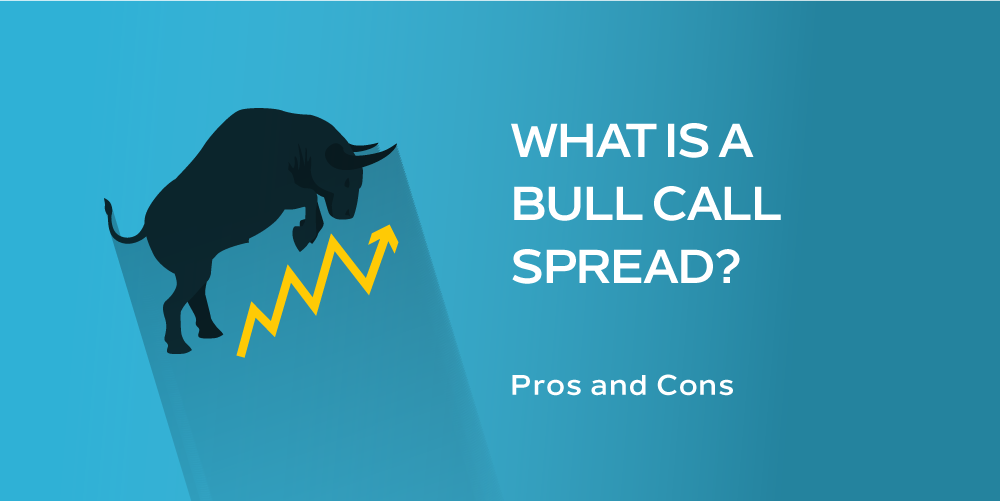
The bull call spread is a long options position with a bullish bias. It may have several advantages over the purchase of outright long calls including less sensitivity to time decay (theta) as well as implied volatility (vega). Whether it’s used with stock options or options on futures, the bull call spread may provide more efficient use of capital. While a bull call spread may limit risk, it also limits potential gains.
How Does a Bull Call Spread Work?
Here are the basic steps to a bull call spread:
- Look for a market that you are bullish on at current levels
- Look for a call to purchase that is at or near the current price or that is where you think prices are likely to go
- Sell a call option that is deeper-out-of-the-money than the call that you purchased
- Decide on an exit point of the trade goes against you
- Decide on a point at which you will take profits
What Are Some Issues When Using a Bull Call Spread?
The spread is usually put on as a single trade. In other words, you can initiate the position with the call purchase and call sale together for a net price. You can also “leg” into the trade if you are a more sophisticated trader. Keep in mind though, that your maximum gains are limited to the difference between strike prices minus the premium paid for the spread. Not only that, but bull call spreads are also debit spreads, meaning it will cost you money to put one on. If the market is between the strike prices at expiration, your long call may be exercised into a long position in the underlying instrument.
For example, Investor Bill has been watching crude oil futures drop from $80 per barrel to $50 per barrel in just a few months time. Bill believes that oil is not likely to fall below $50 per barrel and he wants to take a bullish position. The at-the-money $50 call options (with 60 days until expiration) are quite expensive, trading for a premium of 500 or $5000 per call option.
Bill decides to initiate a bull call spread and purchases the two month $52 call option for a premium of 300 or $3000 and sells the two month $57 call option for a premium of 100 or $1000. Investor Bill’s net outlay for the trade is $2000. This amount represents his maximum exposure on the trade (not including commissions and fees). The profit potential of the trade is limited to the difference in strike prices $57-$52 equals $5 minus the premium paid of $2000. Therefore, if crude oil is above the short strike of $57 at expiration, Investor Bill can make a maximum profit of $3000 not including commissions or fees.
Basically, you need to look at the pros and cons of the bull call spread and decide if it’s the right strategy for you. No matter what, you’re taking on some sort of risk.










